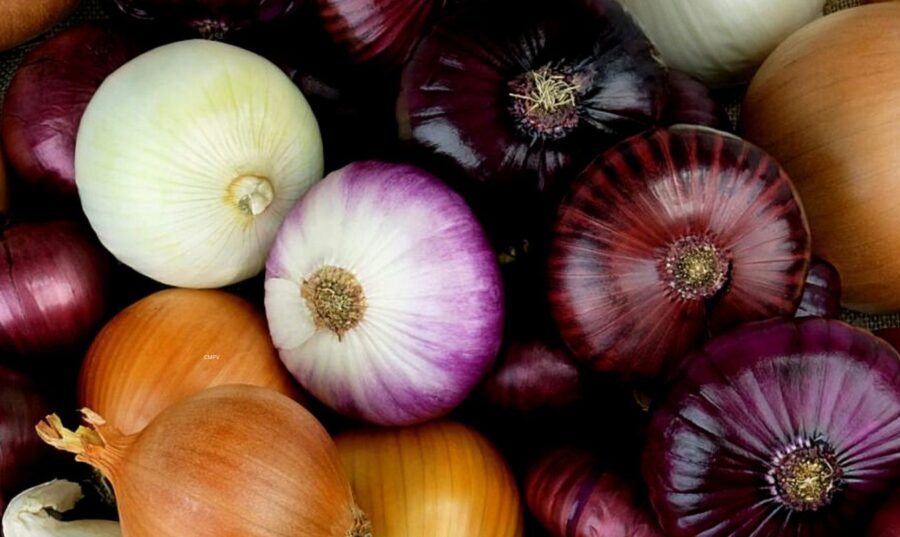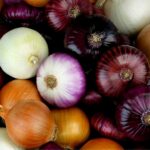|
Getting your Trinity Audio player ready...
|
Seaweed are plants that grow in the oceans and have been consumed for hundreds of years in Asian countries. Currently, its consumption has increased throughout the world, both as a food ingredient and as a food product. There are around 10,000 species of edible algae in the world with great genetic differences.
These plants are classified into four groups: red, brown or brown, green and blue-green. Despite its high availability, low cost and diverse uses, such as fertilizers, dyes, animal fodder, medicines and even home remedies, seaweed is not part of the Western diet. Some people think they are toxic, have contaminants, heavy metals and are concerned about the high iodine intake.
Gastronomy and Food
This plant food has great potential for gastronomic innovation. Also, it is a guarantee of survival, since it can satisfy the demands of an explosively growing human population. In Asian countries, seaweed is used for culinary purposes. In the West they are mainly used for the extraction of food compounds, such as agar, carrageenan and alginates. These compounds have an affinity for water and help create various types of textures such as gels, emulsions, syrups, jams, creams and oils.
Its availability almost all year round and its relatively easy collection make seaweed an economical source of food. One of their properties is that they increase the feeling of satiety when added to food products such as drinks, nutrition bars and pizza. This is due to its physical ability to mix homogeneously with another liquid and retain water. In addition, they are added as a substitute for salt to season and improve flavor.
Health and nutrition
Seaweed has antimicrobial and anti-inflammatory properties. Antimicrobial compounds in algae that are as effective as those in pharmaceutical drugs are phlorotannins, polysaccharides, fatty acids, terpenes, peptides, lactones, pigments, and chrysophaentines. Many epidemiological studies around the world have shown that countries where seaweed is consumed regularly have significantly fewer cases of obesity and diet-related diseases. For example, less diabetes, cardiovascular diseases and high blood pressure. The unique characteristics of the marine environment, where they develop, are mainly responsible for most of their properties.
This marine vegetable contains a large amount of vitamins and minerals. Some algae contain 10 to 100 times more nutrients than land plants or animal foods. The minerals it contains are calcium, iron, iodine, magnesium, phosphorus, potassium, zinc, copper, manganese, selenium and fluoride. Vitamins present in seaweed include vitamin A, D, E, K, C, B1, B2, B9 and B12. In addition, they contain from 42 to 48% of the total essential amino acids, Omega-3 fatty acids, soluble and insoluble fiber. Of its dry mass, protein constitutes 5 to 47%, fats from 0.60 to 4.14% and carbohydrates from 4 to 75%. It is a low calorie and low fat food.
Health benefits. Various studies have concluded that the consumption of seaweed:
- Improves the function of the thyroid gland due to its iodine content.
- Improves intestinal health due to its soluble and insoluble fiber content.
- Improves heart health.
- Stabilizes blood sugar levels. Brown algae contain fucoxanthin, an antioxidant that helps improve sugar control.
- Improves the immune system.
- Reduces the risks of certain types of cancer.
- Contributes to the intake of vitamin B12 in vegan diets, particularly red or purple algae.
Aspects to consider
- Possible very high intake of iodine.
- The probable interference with anticoagulant medications, for its vitamin K content.
- Natural intake very high in potassium, which can be harmful for people with kidney disease.
- The potential ingestion of heavy metals. Some varieties of seaweed can contain high levels of arsenic, cadmium, mercury or lead, depending on where and how they are grown. The U.S. Food and Drug Administration regulates heavy metal levels in fresh seaweed, but not in seaweed supplements.
Seaweed is a plant food. The nutrient-packed nature of algae makes them excellent candidates to be called functional foods.
Carmen M. Pérez Velázquez










